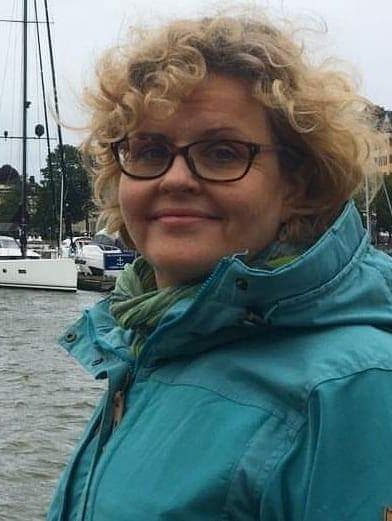Is the blue bioeconomy sustainable?
Blog - Published 7.1.2019
The blue bioeconomy refers to the sustainable use of renewable aquatic natural resources and business based on expertise associated with it. The definition as such is clear, but what does sustainability truly mean? Sustainability is a common and broad concept that is difficult to use in a precise way due to the variety of contexts where it is used.
Often sustainability is defined by three pillars, i.e. ecological, economic and social sustainability. However, all too often their exact meanings and relationships between the pillars remain obscure. By using the term sustainability we may justify things even if its content may not be fully clear to us. The term has positive connotations, its rhetoric is strong, and it has moral weight.
Sustainability rests on a case-by-case basis
Today’s buzzword ‘resilience’ is close to sustainability. Resilience means the ability to adapt to changes and pressures coming from the outside, i.e. the ability to defend oneself and restore an earlier status under new circumstances. To achieve sustainability we must be committed to resilience. This means that sustainability is a necessary condition of sustainability but it is not a sufficient one.
Numerous frameworks and methods have been created to assess sustainability. The assessment always depends on the framework by which the expected development paths are determined. Sustainability invariably means sustainability according to a certain system, which is why case-by-case assessment with a place-based approach is needed.
Sustainability and water protection
How can we then define a sustainable blue bioeconomy on a case-by-case basis? The management of waters and marine areas aims to achieve a good status of waters and the marine environment. The achievement of the objectives is monitored every six years in connection with the review of the management plans for river basins and marine areas. In the review the risks caused by different sectors are assessed for each body of water. If a certain sector poses a risk to securing or achieving a good status, it is designated as a considerable human-induced pressure.
At this point we should ask whether promoting a sector can be considered sustainable blue bioeconomy if it has been designated as a considerable pressure with respect to a certain water body? In our view the assessment of the level of pressure carried out for the management of waters should also be used as an indicator for the sustainability of the blue bioeconomy. This must be complemented by other, more broadly-based assessments. However, from the perspective of water protection assessing the level of the pressure could clarify the matter, which is why this assessment is reviewed every six years. Through development measures by the sector itself and recovery of waters, a considerable pressure may turn into a low one. This means that resilience can be observed – even if this sometimes requires a lot of patience.
Identifying development needs for specific sectors
We can also look into the matter through practical examples from certain sectors.
Finnish forest industry is a trailblazer in the development and introduction of low-water processes. This has improved the input-output ratio of the industry and considerably reduced the load to waters from the forest industry end-products per unit of raw material used. Now zero fibre that used to constitute raw material loss is being lifted from the bottom of water bodies to be utilised e.g. as soil improver in arable lands.
Instead, there are still development needs in terms of water protection in the raw material harvesting practices and forest treatment methods. In particular, more detailed assessment and regulation of ditch cleaning and supplementary ditching would be needed. As a whole forestry is not yet in all respects in line with a sustainable blue bioeconomy, at least from the water protection perspective, even if this may be the case for some individual water bodies.
Increased use of fish resources as an opportunity
Despite the vulnerability of the Baltic Sea, or perhaps because of this, Finland has good opportunities to increase the sustainable use of fish resources. By using more domestic fish to substitute for meat we can reduce the emissions into the air and waters from livestock production. According to studies by the Natural Resources Institute Finland, the sustainable supply of Baltic herring to each Finn would be as much as 20 kilograms a year. Thinning of the roach fish populations in inland waters would bring significant benefits in terms of improved status of both inland and coastal waters due to the reduction in nutrient loading and better condition of the nutrient networks. From the perspective of water protection, promoting the use of domestic fish and processing this into more diverse products could be sustainable blue bioeconomy at its best.
Water-related business is to a growing extent service business based on knowledge and digitalisation. The expertise we have on this can be used nationally, but also on an even larger scale in water-related business operations abroad. Often such service business can be seen as a promoter of a sustainable blue bioeconomy. The less we use the natural resources to produce added value, the more sustainable is our path towards promoting a blue bioeconomy.
The authors Tarja Haaranen and Antton Keto work at the Ministry of the Environment.
Tarja Haaranen heads the Bioeconomy Unit and is tasked with promoting the sustainable use of natural resources at the Ministry of the Environment.
Contacts: tarja.haaranen(a)ym.fi
Antton Keto is a Ministerial Adviser on river basin management planning at the Ministry of the Environment.
Contacts: antton.keto(a)ym.fi
Blue bioeconomy blog series in Bioeconomy.fi.



